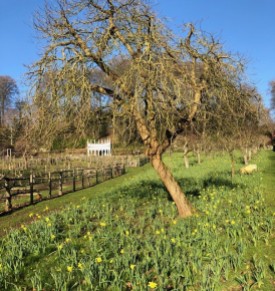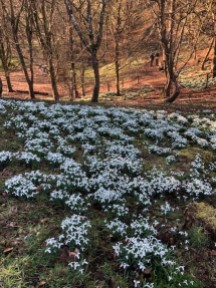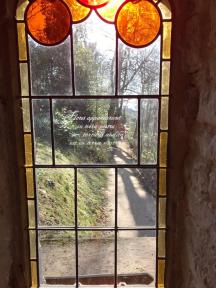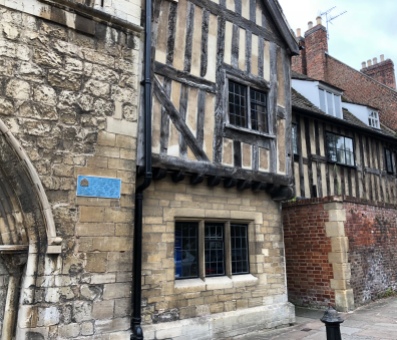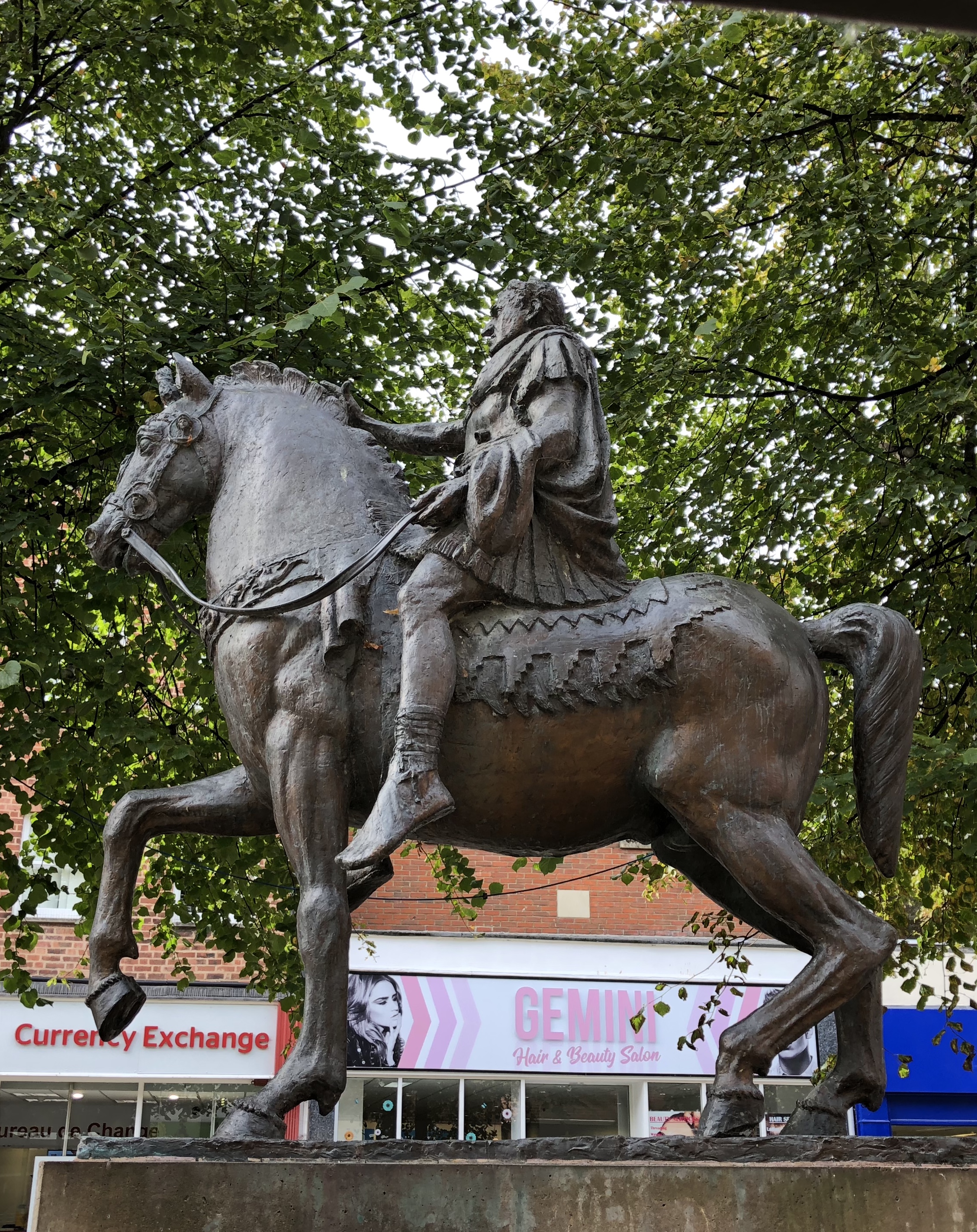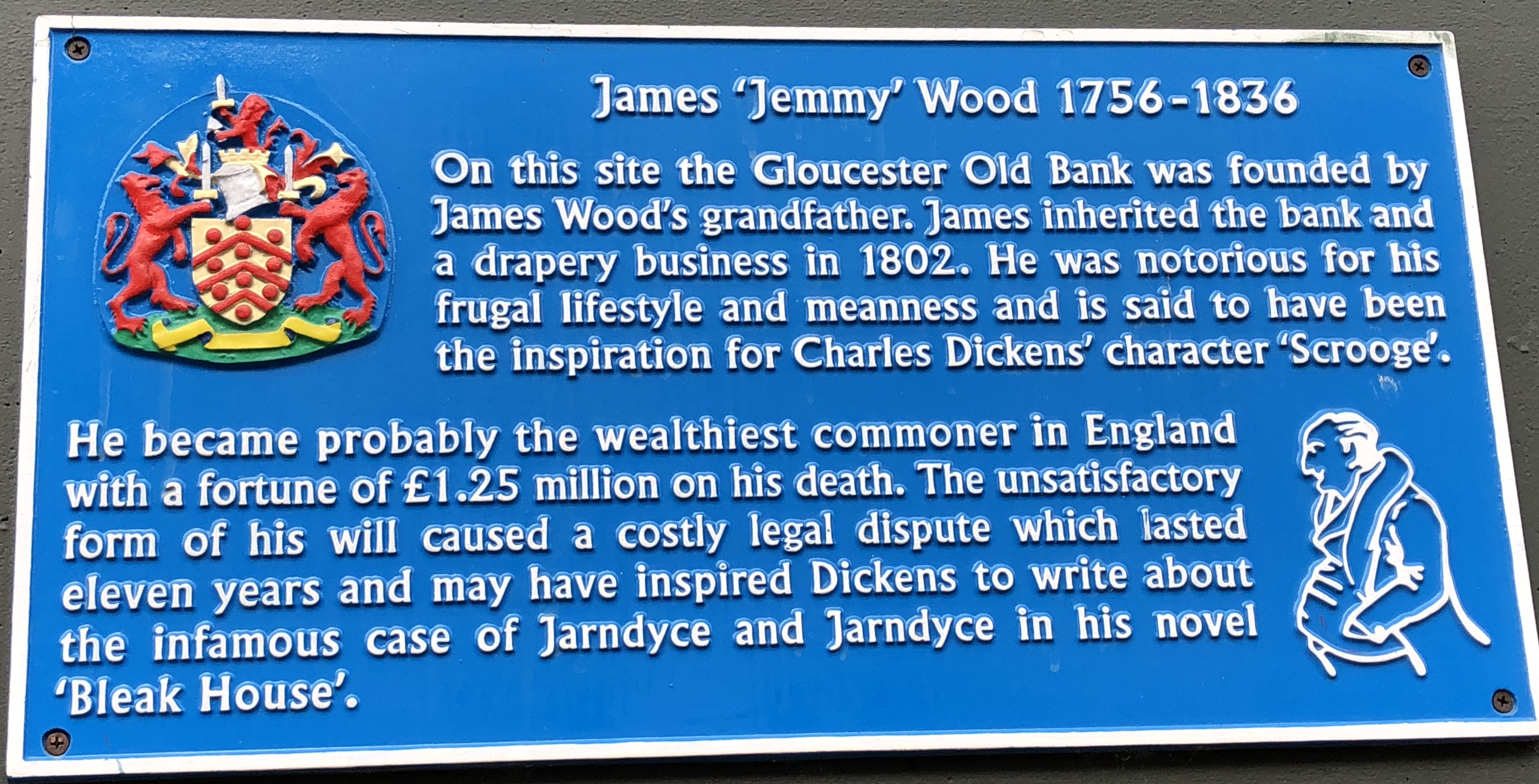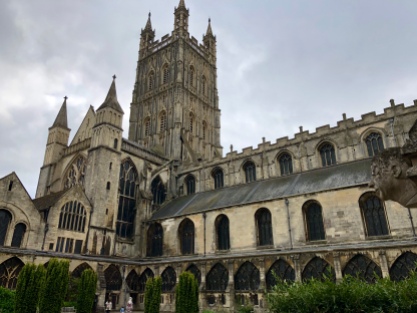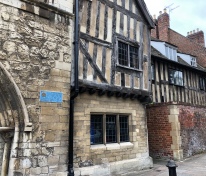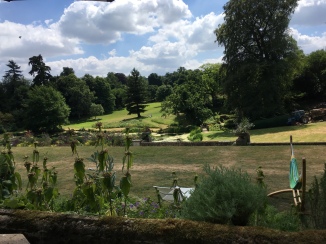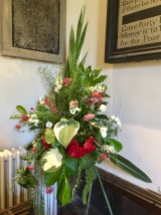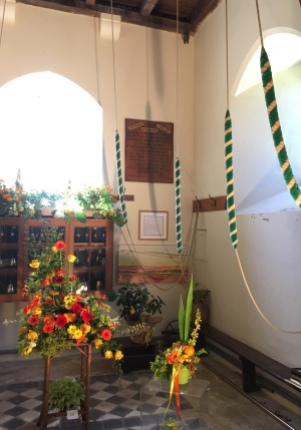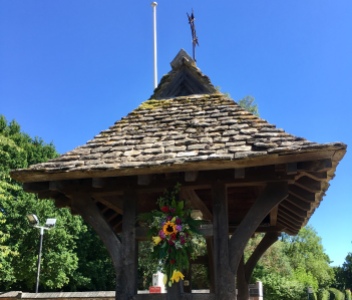On a sea of ink
I sail to oblivion
On a paper boat
My haiku says it all really! So many ‘writers’ feel like this. They create something they feel inspired to write, but no-one gets to read it.
I have been thinking and reading a lot about this recently and trying to gather all the hints, tips and advice I have gleaned. One of the bloggers I follow, Jamie Lee Wallace says:
A writer’s voice is that often intangible yet unmistakable something that defines the author’s work. Like literary DNA, it is as unique and complex as a fingerprint. Syntax, diction, dialog, and punctuation are combined with characterization techniques, scene delivery, and other stylistic elements and then distilled into an elixir that lets us see the world through the writer’s eyes.
But I think there is more to it than that.
The words a writer uses are like the lava flowing from a volcano. The story may have been churning and burning deep inside for many years; changing, developing and demanding to be written. The overflow of words is edited away like so much waste gas and ash, until the lava cools and sets into a final draft. Once published, the writing is set like stone and the crust that protects the writer’s vulnerability and privacy has been split open irrevocably. For make no mistake, the heart and soul of the writer is laid bare by the writing process. It takes courage to put your thoughts, feelings, experiences and imagination into print for all to read.
The need to write is an itch that won’t go away; a fire inside that won’t be quenched except by expressing your own inner life in prose or poetry. It is an incredibly personal thing that sets each writer apart from every other writer. What you need to write comes from deep inside. It was probably always inside you and was determined by the journey you have travelled during your life. Every story you consumed, every experience you enjoyed or endured, every trauma, doubt, dream and question became part of your writer’s voice.
So it was with me. Firstly, I wrote my own life story. I needed to deal with a traumatic event in childhood, a disastrous first marriage, family things, work things, ill health and major depression. I wrote it all out ~ then I shredded it and burnt it before I moved house! This was so therapeutic, I not only put it all behind me, I wiped it off the face of the earth. Because that was not me! All of that was what other people, situations or events had done to me. And, I made a conscious decision to try and live the rest of my life as who I wanted to be. And to…Get a life worth writing about.
Whatever kind of writing you would like to pursue, here are my tips for you:-
- Take a course ~ Artists Way, Creative Writing, Futurelearn, anything that will stimulate and unblock you
- Read some self-help/motivational books such as Change for the Better by Elizabeth Wilde McCormick or Life’s Companion, Journal Writing as Spiritual Practice by Christina Baldwin, if you are blocked by any of life’s unresolved issues
- Buy Writing Down the Bones, Freeing the Writer Within by Natalie Goldberg
- Start a Journal or more than one
- Save poems, ideas for stories, photos, cuttings, inspiring phrases in spiral bound notebooks
- Buy pens that feel good to hold and flow nicely. Many writers use fountain pens but I prefer gel pens
- Find a colourful box big enough to store all your magazines, books, pens and journals together
- Start a blog on WordPress, Blogger or Google Medium. It’s easy to set up and you can safely practice and develop your creative skills,
- Subscribe to, or borrow and read Writing Magazine (www.writers-online.co.uk) ~ hard copy or online ~ endless supply of ideas, advice, competitions, courses and opportunities
- Get involved in something that involves meeting other people ~ I was WI secretary, on the Campaigns and Public Affairs Committee, an Extra for BBC and supporting artist in many tv programmes. I also I did charity work and joined a Choir and local theatre group
- Observe the world, daydream, imagine, embellish, invent ~ all the things that got me into trouble when I was a child will enhance my stories!
- Carry a notebook and pen with you always, or a fancy phone that takes notes and photographs! Jot down and capture anything that strikes you as interesting, unusual, meaningful or beautiful. You will be surprised at how often a phrase or snatch of a song or poem touches you.
- If so inclined, take photos whenever you see anything that inspires you
Maeve Binchy said her greatest tip was to, “Write as if you are talking to someone”. I have always written about day trips, places I’ve been and things I’ve done. And, I used to write a monthly article for a charity magazine, but I didn’t think I was a ‘writer’.
When I had grandchildren that changed.
Initially my role models were Beatrix Potter and Kenneth Grahame who were unashamed of creating an escapist world with the animals. So I started off by writing stories for my grandchildren. I wrote about Humphrey the pheasant who hangs out at the fishing lake, and Bart the cocker spaniel who emigrated to Vermont and had lots of adventures. Humphrey and Bart are real but their adventures come out of my head or were embellished. My plan was to write just for the grandchildren, and about the grandchildren, in order to help them develop their reading and writing skills. Success was achieved when Rosie told me to stop making up a particular story about a tortoise because she wanted to finish it herself! I was over 50 before I realised that ordinary people could be writers, she was 5!
Then I had to find something else to write about, so I started my blog at http://heavenhappens.me
I wrote the blog posts to rationalise and record positive aspects of my life’s journey.
Teaching; Twinning in Kenya, Russia and Poland; Trips to Lourdes; Travelling in USA and Europe; Becoming a carer; Joining Amateur Dramatics and a Choir; Working as a BBC Extra; Performing in Cathedrals, studios and theatre; WI committees; Charity volunteering: All of these experiences informed and enriched my writing.
My inner critic was silenced because I didn’t think anyone else would read it. But gradually a community built up with whom my writing strikes a chord. There are over 830 readers now who follow my blog. I feel I have found “my place in the family of things”.
Wild Geese by Mary Oliver
You do not have to be good.
You do not have to walk on your knees
for a hundred miles through the desert repenting.
You only have to let the soft animal of your body
love what it loves.
Tell me about despair, yours, and I will tell you mine.
Meanwhile the world goes on.
Meanwhile the sun and the clear pebbles of the rain
are moving across the landscapes,
over the prairies and the deep trees,
the mountains and the rivers.
Meanwhile the wild geese, high in the clean blue air,
are heading home again.
Whoever you are, no matter how lonely,
the world offers itself to your imagination,
calls to you like the wild geese, harsh and exciting-
over and over announcing your place
In the family of things.

Just give me the grandchildren and I’ll make up the stories
Now that I have 7 grandchildren, I have reached a point where I want to publish some of the stories I write for them. Every thing they say or do, and everywhere we go to play, inspires me to write more. And, at 76 I am getting closer to oblivion so I can’t afford to waste time!
Check out Stanley’s Day out!




































































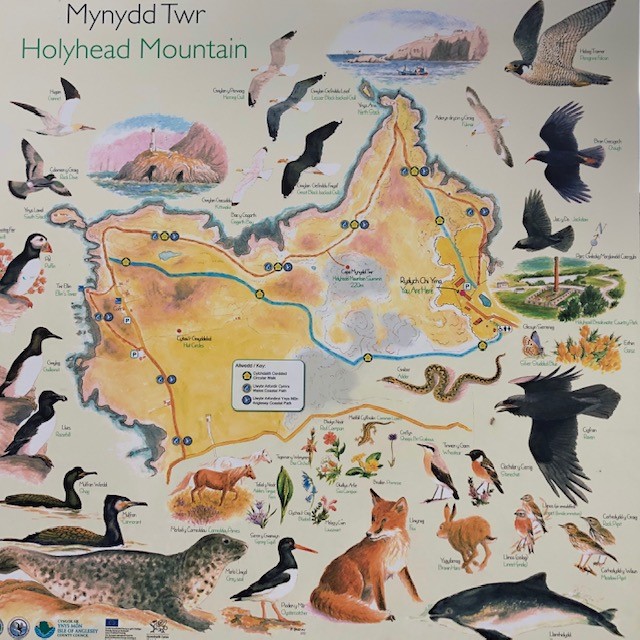























 portance of appreciating, conserving and sustaining the natural world, caring for others and sharing what we have. Wouldn’t the world be a much happier place if we lived according to this simple message!
portance of appreciating, conserving and sustaining the natural world, caring for others and sharing what we have. Wouldn’t the world be a much happier place if we lived according to this simple message!











